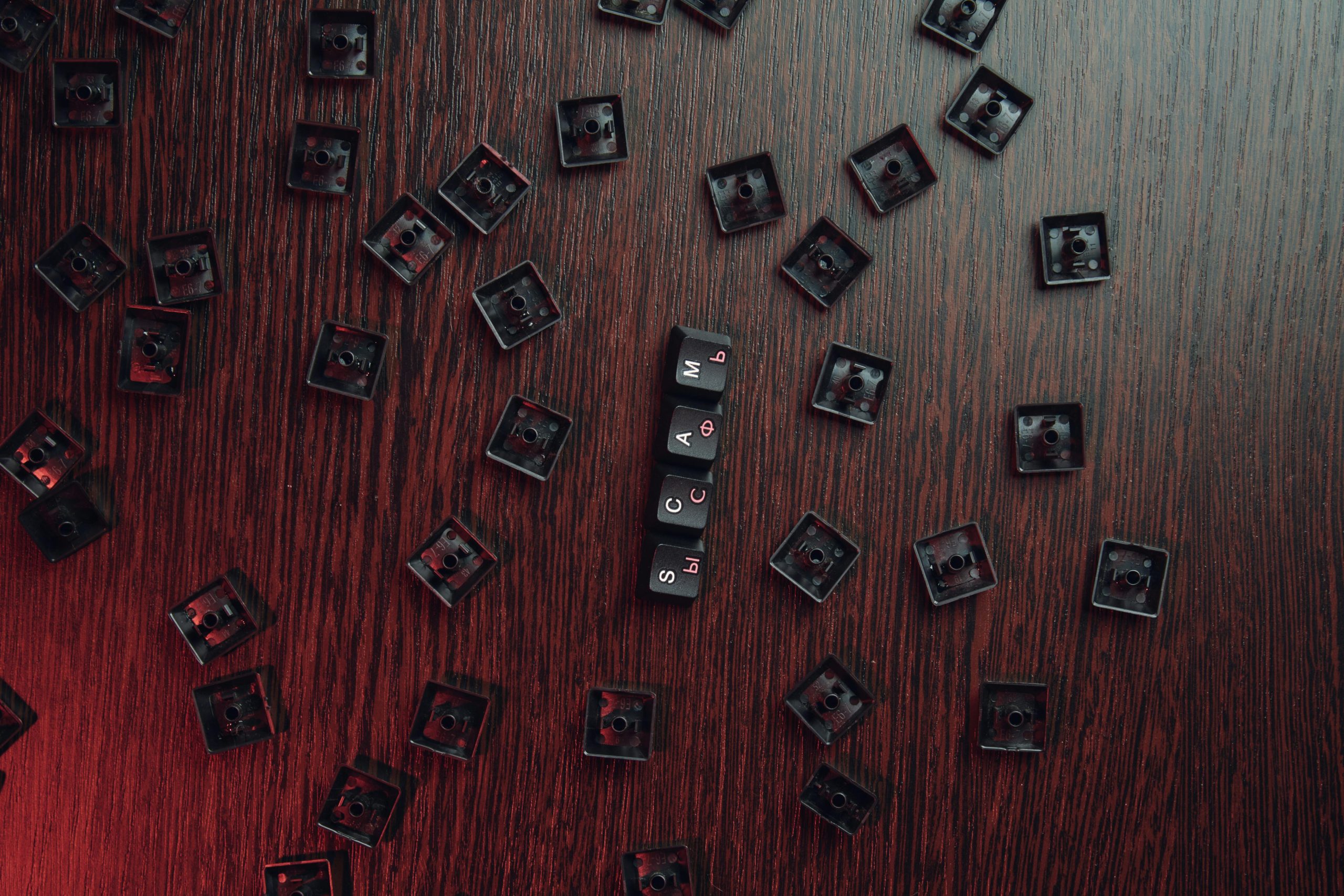Troubleshooting Sudden System Lag and Unexplained Restarts in High-Performance PCs
Experiencing unexplained system instability can be both frustrating and perplexing, especially when it occurs suddenly on a high-specification build. If your PC has recently become extremely laggy, with symptoms like lagging cursor movement, glitchy videos, audio cutouts, random freezes, and unexpected restarts—even sometimes displaying Windows error messages—it’s time to investigate potential causes and solutions.
Understanding the Symptoms
- Severe Lag: The mouse cursor moves sluggishly, affecting user interaction.
- Media Playback Issues: Videos stutter or glitch, with audio cuts disrupting playback.
- System Crashes: Frequent freezes, system restarts, or boot failures with error messages.
- Intermittent Hardware or Driver Issues: Symptoms can be caused by hardware failures, driver misconfigurations, or software conflicts.
Common Causes to Consider
-
Hardware Malfunctions
Faulty RAM, overheating components, or a failing power supply can lead to system instability. Check for any hardware signs such as unusual noises, overheating, or visual artifacts. -
Driver or Software Conflicts
Driver issues, particularly with graphics cards, are a common culprit. Outdated or corrupt drivers can cause lag, glitches, and crashes. -
Overclocking
If the system or components are overclocked, instability can occur. Resetting to default settings might resolve these issues. -
Operating System Corruption or Errors
Corruption in system files or Windows errors can trigger system restarts and performance issues.
Step-by-Step Troubleshooting Approach
Given the system details: Aorus B650i Ultra motherboard, AMD Ryzen 7 7800X3D CPU, and NVIDIA RTX 5070 Ti GPU, follow these steps:
- Perform Hardware Diagnostics
- Use tools like MemTest86 to check RAM integrity.
- Monitor CPU and GPU temperatures during idle and load states to identify overheating.
-
Test the power supply’s stability if possible.
-
Update or Reinstall Drivers
- Download the latest graphics driver directly from NVIDIA’s official website.
-
Use Display Driver Uninstaller (DDU) to completely remove existing drivers, then perform a clean install.
-
Check for Windows System Errors
- Run ‘sfc /scannow’ and ‘ch
Share this content:



